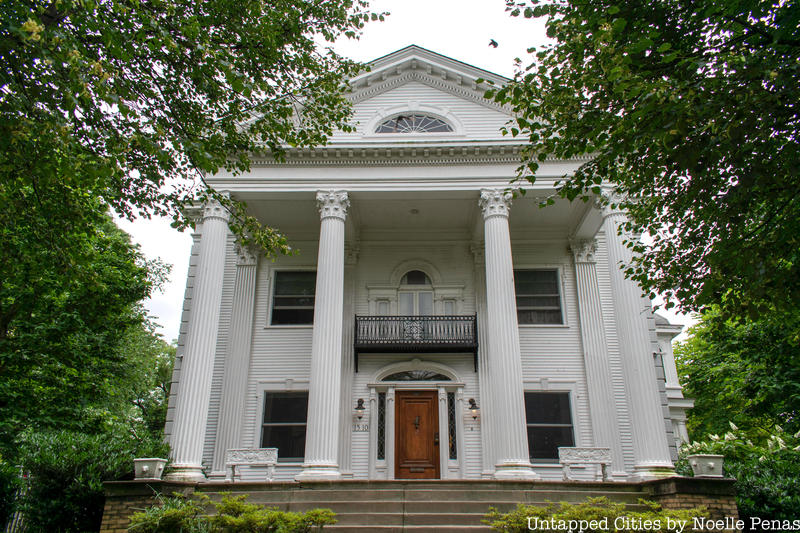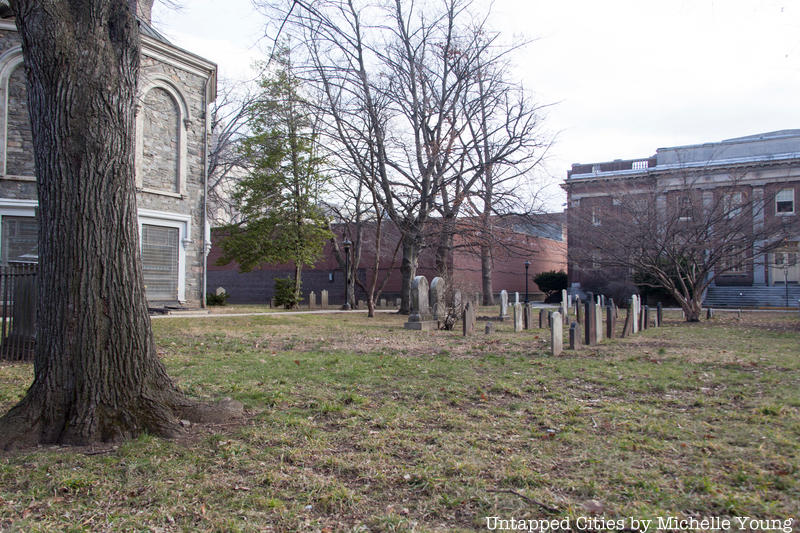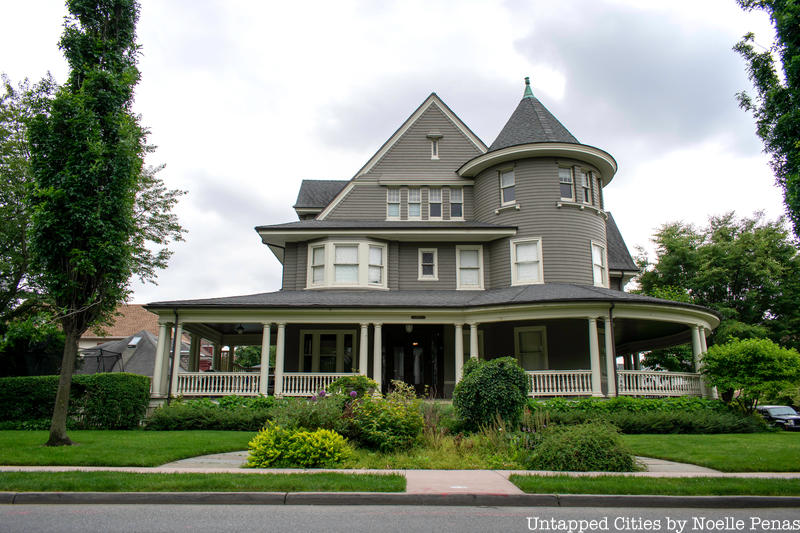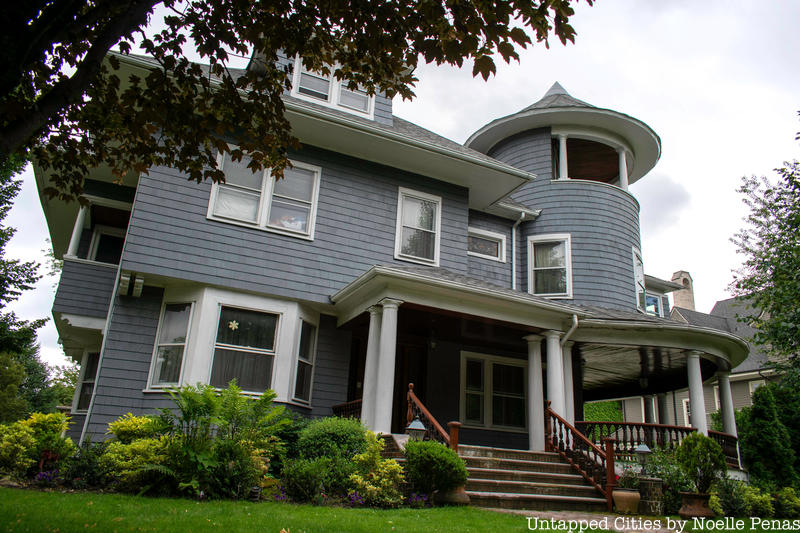
Brooklyn’s Church Avenue not only has an interesting backstory regarding its titular church––it also, notoriously, sections off middle class streets from a leafy Victorian neighborhood of mansions.
Church Avenue already enjoys some fame as a stop for the B and Q subway trains, but transit passengers may not know what church it’s named for. The original congregation of the Flatbush Protestant Reformed Church, built in the 18th century, was founded in 1654 and used two buildings before the stone structure that stands today. Peter Stuyvesant––the same force behind Wall Street, Broadway, and the canal that became Broad Street–– was committed to the supremacy of the Dutch Reformed Church and ordered the construction of the original building, which stood for 44 years before being replaced by a second stone church.
In 1793, Thomas Fardon designed the present-day structure, which features stone towers, a belfry, and Tiffany stained glass windows. The church is very much a New York endeavor. Not only was it built from Manhattan schist, but the Tiffany windows depict the descendents of the original settlers. In fact, most members of the early Dutch settlers of Flatbush were laid to rest on the property’s cemetery.
 Many of the original Dutch residents of Flatbush are buried in this very cemetery.
Many of the original Dutch residents of Flatbush are buried in this very cemetery.
While the church can be found the corner of Church and Flatbush, its address is technically 890 Flatbush Avenue. Nowadays, Church Avenue functions as a sort of gentrification barrier for the neighborhood of Prospect Park South. Dean Alvord, an Anglophile who imagined a “garden in the city” that would “illustrate how much of rural beauty can be incorporated within the rectangular limits of the conventional city block,” designed the neighborhood just before the turn of the century. He succeeded: the neighborhood is now classified as a historic district.

Its designation as the “heart of Victorian Brooklyn” is a bit misleading, however: the houses are a whimsical mash of Colonial, Mediterranean, Swiss, Italianate, and Queen Anne-style architecture. All are lavish; most are quite expensive. But just to the north of Church Avenue are the streets immediately below Prospect Park, which are more reminiscent of East Flatbush: the streets are more commercial than residential, and feature inexpensive supermarkets, take-out, and Spanish-speaking grocery stores.

Maps can’t seem to agree on whether these streets constitute part of the neighborhood. Jan Rosenberg, founder of Brooklyn Hearth Realty, described Prospect Park South as “[a] neighborhood [that] kind of screeched to a halt at Church Avenue.”
The street’s enormous contrast even inspired its immortalization through Joseph O’Neill’s novel Netherland. O’Neill describes “turn[ing] off Church” thus: in an instant that raucous Caribbean boulevard, with its ninety-nine-cent stores and discount clothing outlets… had given way to a neighborhood unlike any other I’d seen in New York. Huge old houses–Victorians, I learned to call them—rose on both sides of a grassy mall, each building of a unique character.
Church Avenue itself shares this unique character––consider getting off to take a walking tour the next time you’re on the B or Q train.
Read more from our History of Streets column.





